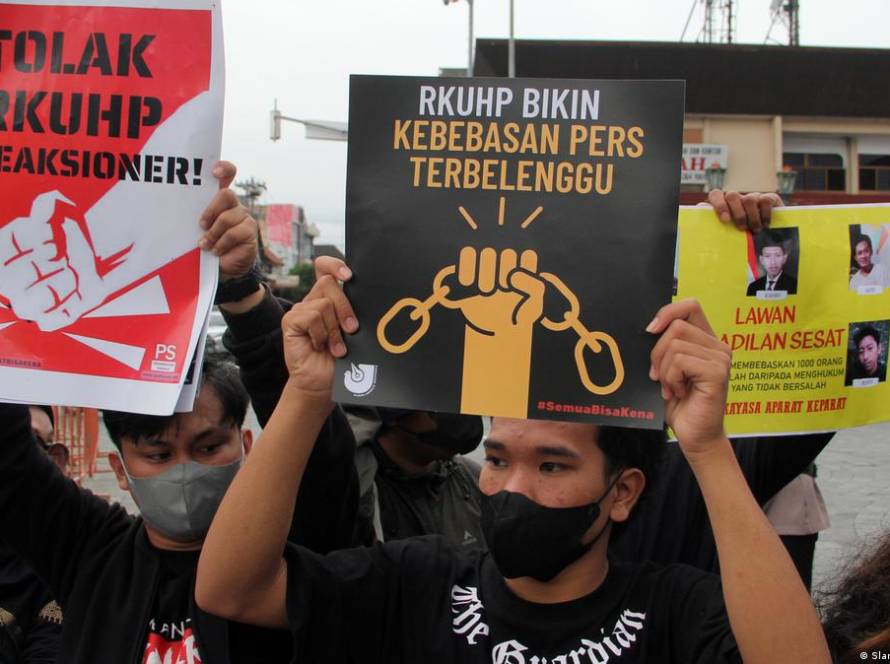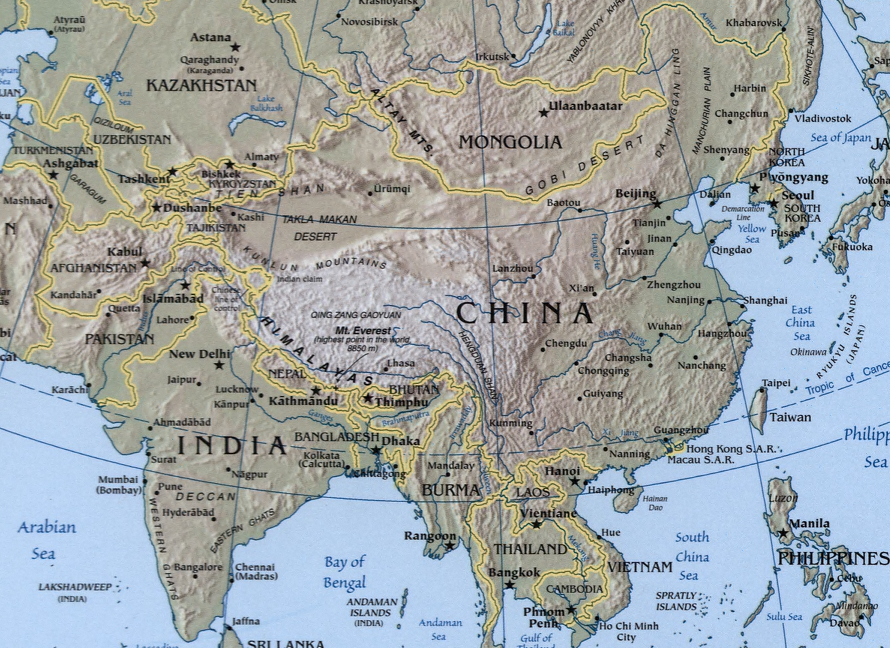By P. K. Balachandran
The recent Sri Lanka-India-China triangular controversy over the docking of the Chinese research vessel Yuan Wang 5 at Hambantota port once again underscores the need to have a Sri Lankan National Maritime Strategy, a functioning National Security Council (NSC), and the appointment of a National Security Advisor (NSA).
While Sri Lanka has an NSC, albeit weak, it does not have an NSA. The NSC must be made functional, and an NSA has to be appointed. Both must be suitably empowered and staffed.
Yuan Wang 5 was given permission to dock at Hambantota without informing India with which Sri Lanka had a Maritime Domain Awareness (MDA) understanding along with the Maldives. According to the understanding over MDA, the three countries must keep each other informed of sensitive movements in the Indian Ocean Region. Whether not informing India was deliberate or a mere official lapse is not clear. After some serious hiccups, the concerns that India expressed were addressed by Sri Lanka. The vessel berthed eventually. India reaffirmed its friendship for Sri Lanka by gifting it a Dornier maritime reconnaissance aircraft.
If only Sri Lanka had had a functioning NSC and an NSA too, the issue would have been routed through them and a correct decision, based on existing agreements and geopolitical assessments, would have been taken before matters got out of control. In the event, the issue did get out of control and threatened to spoil Sri Lanka’s relations with both India and China, something the island nation could not afford at this juncture.
Sri Lanka has been having an NSC since 1999 but it malfunctioned in 2019 when it was unaware that Islamic radicals were planning to conduct suicide bombings, even though India had shared intelligence about such a possibility more than once. Caught in personal conflicts, the NSC was a fractured body. President Sirisena reportedly would not want Prime Minister Wickremesinghe and the police chief, Pujith Jayasundara to attend meetings of the NSC. There was no NSA to coordinate the security-related activities from the national security point of view.
Sri Lanka had not realized the imperative of international intelligence sharing and adherence to intelligence sharing protocols. This lacuna stemmed from the absence of a functioning NSC and the absence of an NSA.
No National Maritime Strategy
Sri Lanka does not even have a National Maritime Policy even though it is an island nation, and historically, all threats to it have come from the sea. Even the LTTE, which tormented Sri Lanka for three decades on land, built itself up and drew its strength from its overseas bases. It survived on fuel and armaments smuggled through the sea. The LTTE was crippled only when its eight floating armories were destroyed in mid-sea.
The LTTE was a creature of the sea and yet the island nation’s governments looked at it for decades as a land-based terror group to be tackled mainly by the army.
In his paper entitled Maritime Strategy for National Development: Sri Lankan perspective published in 2015 for the Kotelawala Defense Academy, Com. Rohan Joseph of the Sri Lanka Navy strongly urged the Sri Lankan authorities to formulate a comprehensive and long-term “National Maritime Strategy” which would be different from, and broader in scope, than a “Military Maritime Strategy.”
While the world’s powers are aware of the strategic importance of the island of Sri Lanka, its rulers have been ignoring this aspect from the time of independence in 1948. Matters were altogether different when the British ruled the island. During War War II, after the fall of Singapore to the Japanese in 1942, the British rulers gave the defense of Sri Lanka or Ceylon, the highest importance in their fight against the Japanese. British naval and air defenses in the island were dramatically increased and Peradeniya became the HQ of the Supreme Commander of the Allied Forces in South East Asia, the naval Admiral Lord Louis Mountbatten.
But all this faded out after the war. It was only in the 1980s, when the Tamil militants began to use the Palk Strait to do gun-running, that President J. R. Jayewardene wanted the navy to be strengthened. But the army-dominated Lankan military establishment quashed his plan. It was only in the 2000s, that the government, under President Mahinda Rajapaksa, gave a significant role for the navy to choke the LTTE’s vital maritime supply lines. The war could not have been won without the navy’s playing the stellar role it did from 2008 onwards.
Some other countries had given equipment and intelligence which enabled the Lankan navy to operate in the high seas and destroy the LTTE’s floating armories. The navy’s newly formed Small Boat Squadron fought the LTTE near the island’s shores using unconventional tactics.
But once the war was over in May 2009, no new assessment of maritime security threats was made. No doctrine was evolved to face post-war threats including threats from the rapidly changing geo-political and geo-military environment.
This was so even though the only threat that Sri Lanka faced after the war was from the sea. And according to Com. Joseph, these threats were from smugglers, drug and human traffickers, illegal fishers and possibly, seaborne terrorists.
Due to India’s insistence, Sri Lanka recently entered into a trilateral agreement with India and the Maldives for Maritime Domain Awareness. Com. Joseph says that international tie-ups are necessary because no nation can fight the new threats alone in the vast ocean. Then there are other issues like marine pollution, maritime disasters, and search and rescue to take cognizance of.
Military and National Maritime Strategy
Maritime strategy has two components: (1) the defense of the sea and (2) the defense of the “littoral”. The “littoral” comprises areas on land which are susceptible to influence from the sea. The littoral covers three-quarters of the world’s population, hosts over 80% of the world’s capital cities and nearly all the marketplaces for international trade. The navy is expected to ensure “sea denial” to the enemy. Sea denial stems from “sea control”, Com Joseph says.
A National Maritime Strategy should encompass other vital areas, including the defense of the country’s economy, environment, and the country’s social and political systems. The Military Maritime Strategy, on the other hand, covers the fighting in the sea and the policing of the sea.
Sri Lanka needs a National Maritime Strategy for the following reasons, says Com. Joseph: According to the National Aquaculture Development Authority (NARA), in 2011, around 86% of Lanka’s fish supply came from the sea. The recent discovery and exploration of oil and gas reserves could easily open a host of new economic opportunities he adds.
Sri Lanka is located at one of the most important international shipping routes. It has to become a major hub for container handling and transshipment.
The delimitation of the Continental Shelf (DECOM,) as provided in the United Nations Convention on the Law of the Sea (UNCLOS), was initiated in 1999 by Sri Lanka and was completed in 2009. This unique feature spans an area of 3000 Km in length and 830 to 1430 Km in width. Sri Lanka’s claim of the extended continental shelf is about 20 times its land area, Com. Joseph says.
“This is indeed a huge area for a small country like Sri Lanka. Conducting surveillance, scientific research, infrastructure expansion etc. are among the many important aspects that Sri Lanka will need to look through a broader maritime strategic plan,” he submits.
P. K. Balachandran is a freelance journalist based in Colombo writing on South Asian affairs for various news websites and dailies for a number of years. He has reported from Colombo and Chennai for Hindustan Times, New Indian Express and Economist. He has a weekly column in Daily Mirror and Ceylon Today in Sri Lanka.
Factum is an Asia-focused think tank on International Relations, Tech Cooperation and Strategic Communications based in Sri Lanka accessible via www.factum.lk


